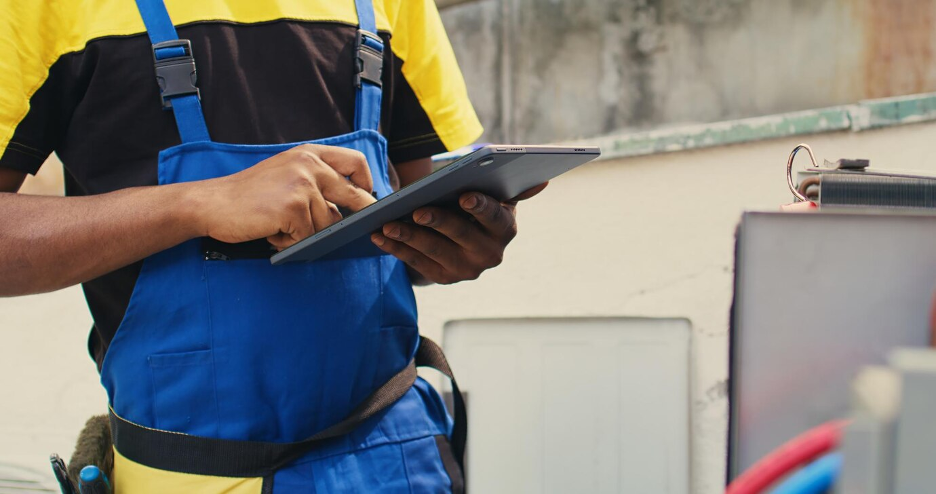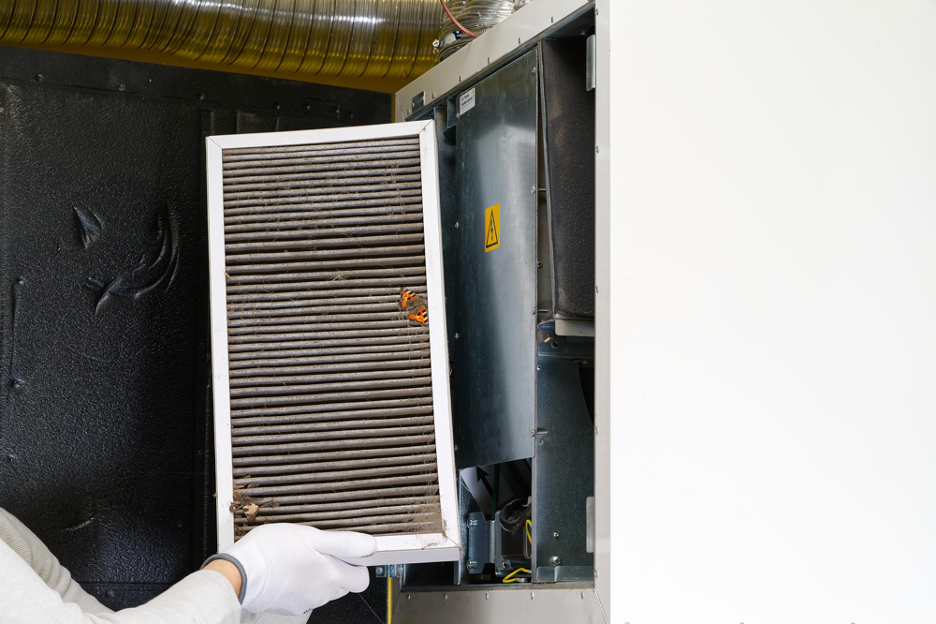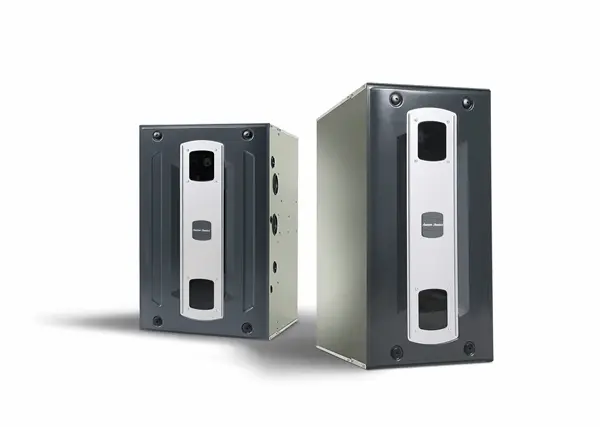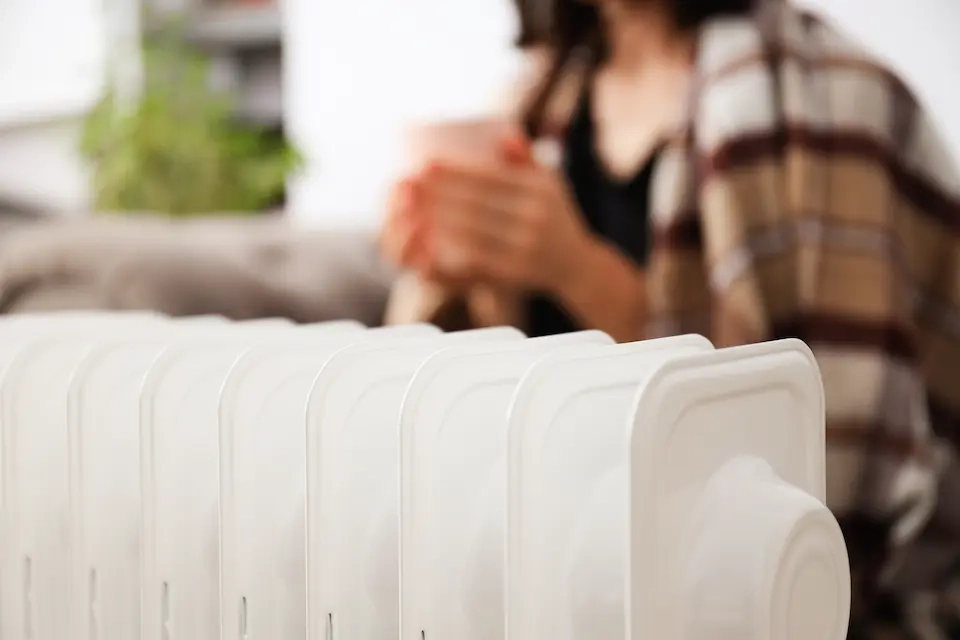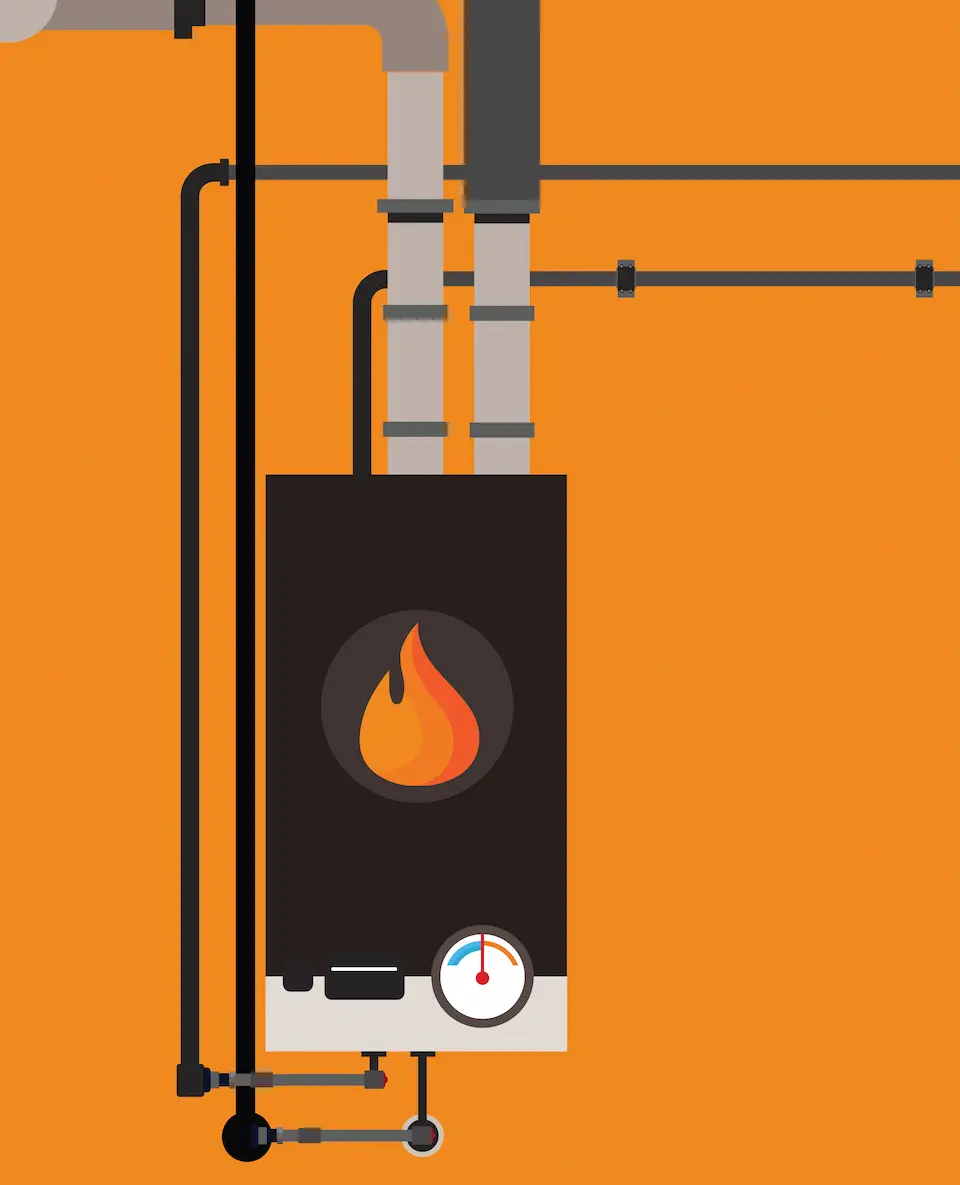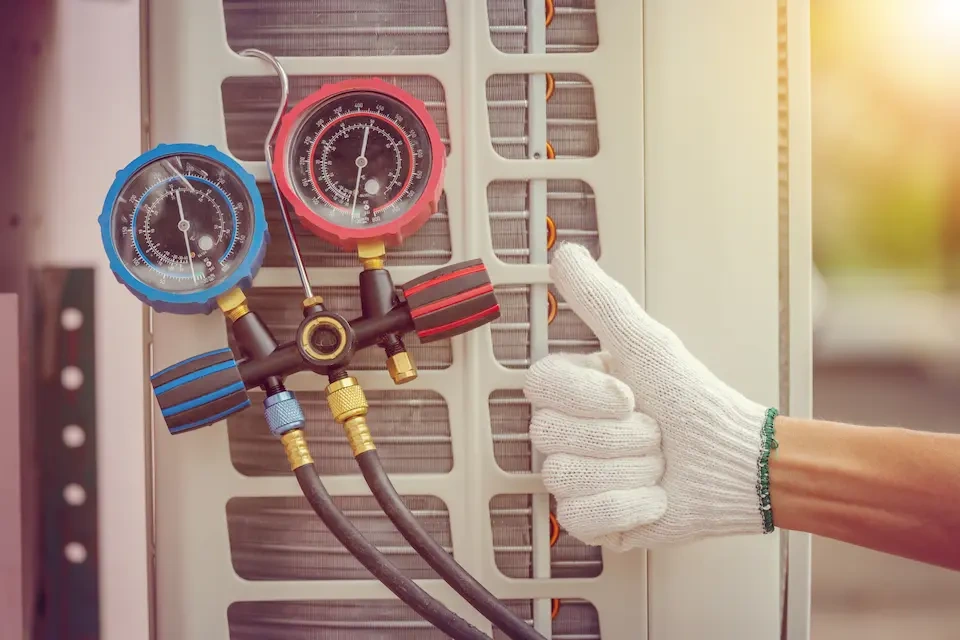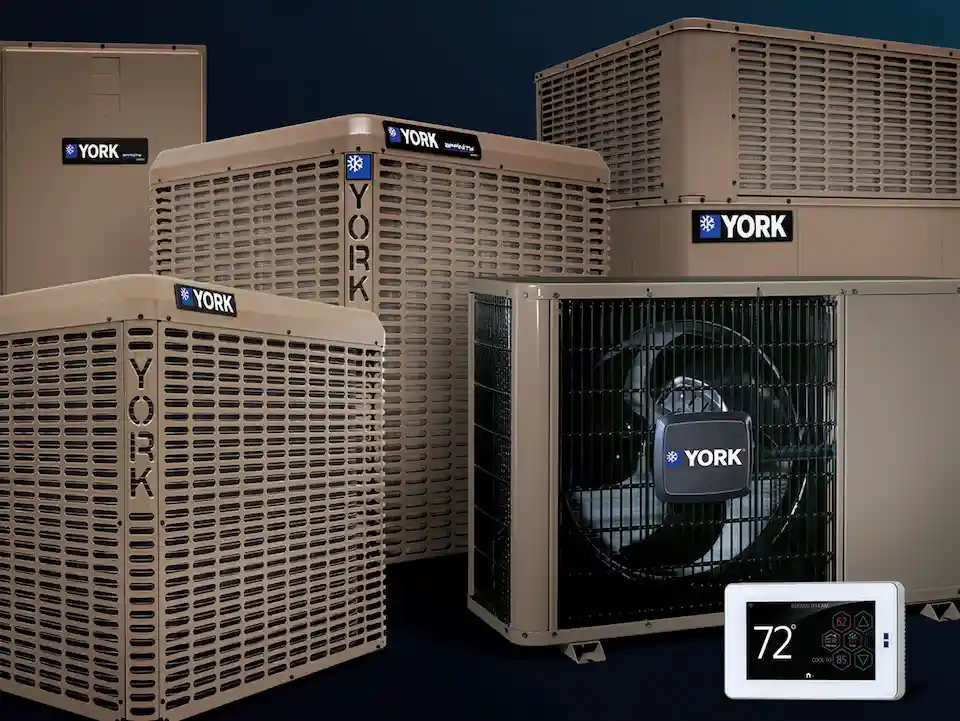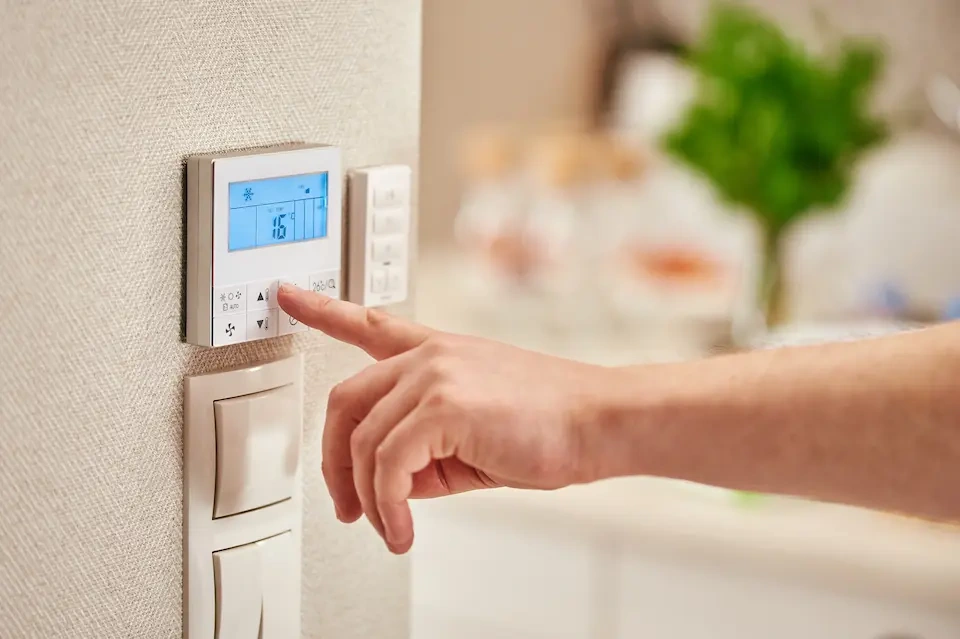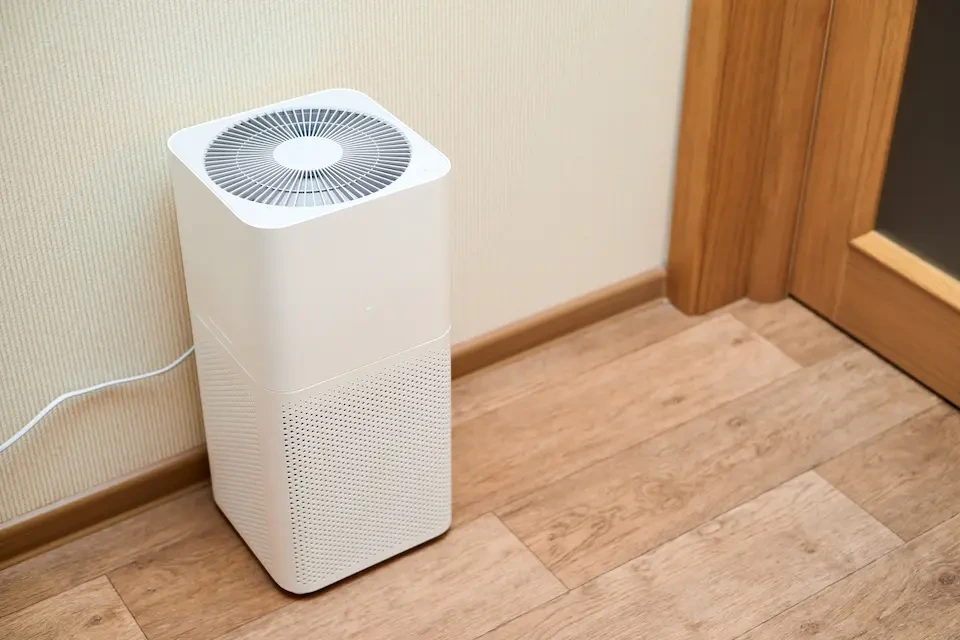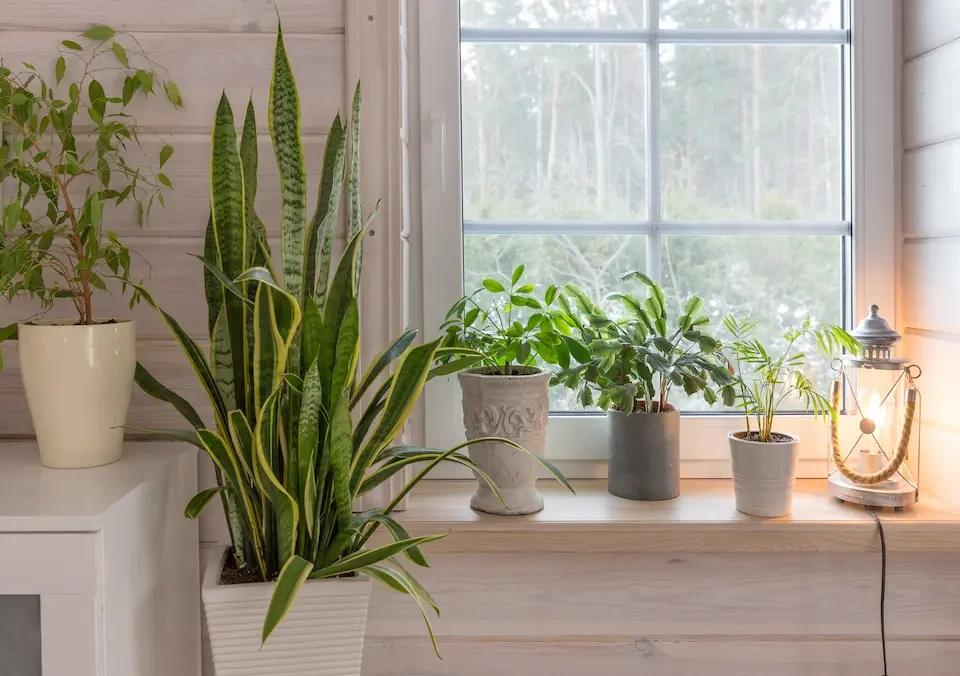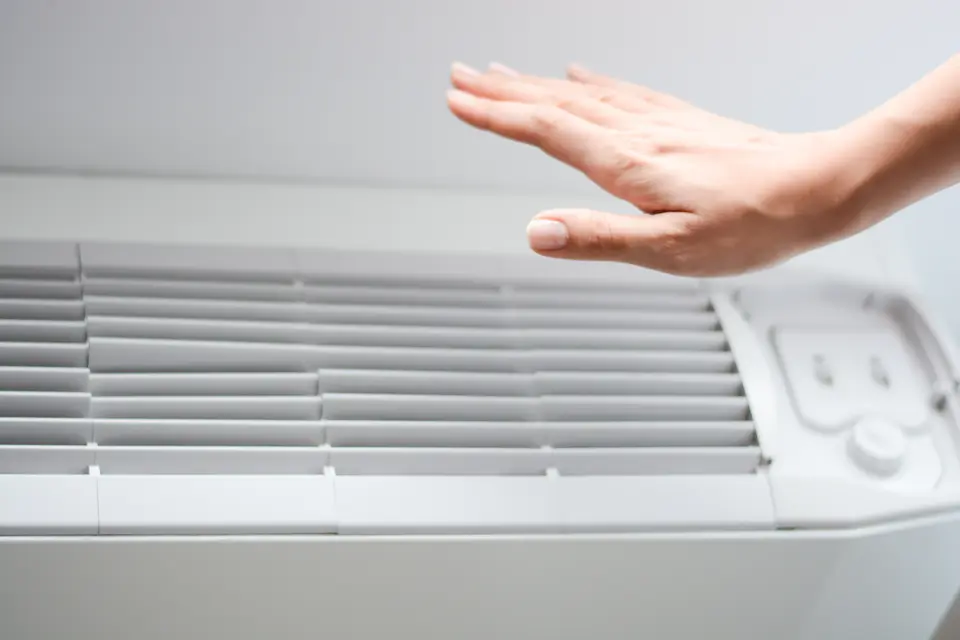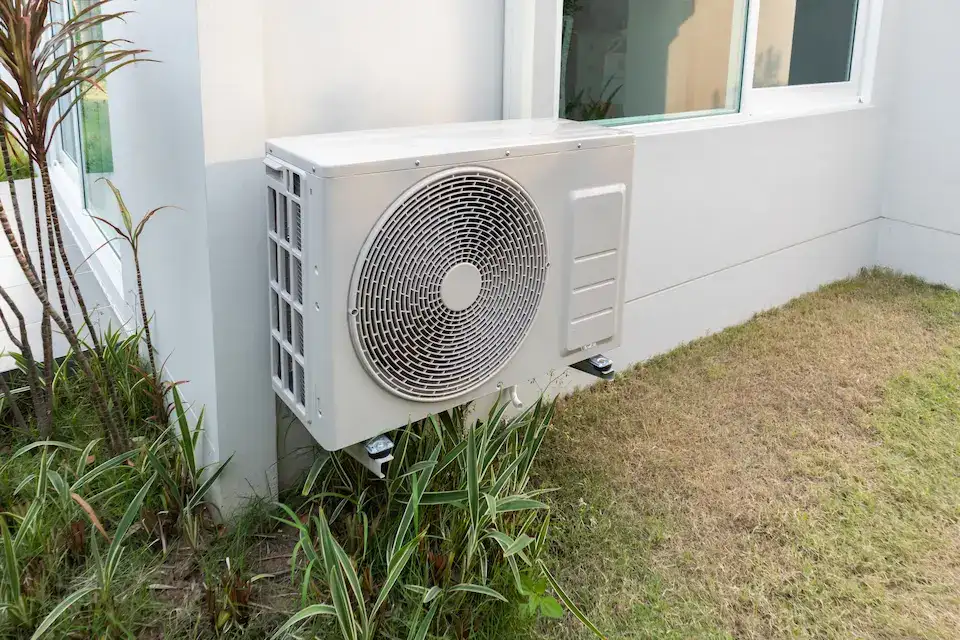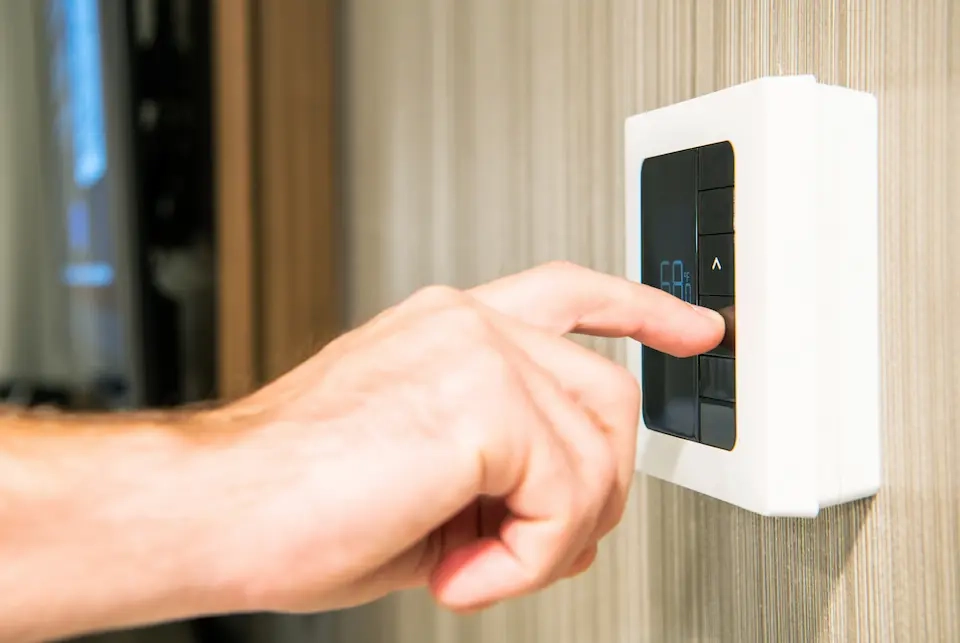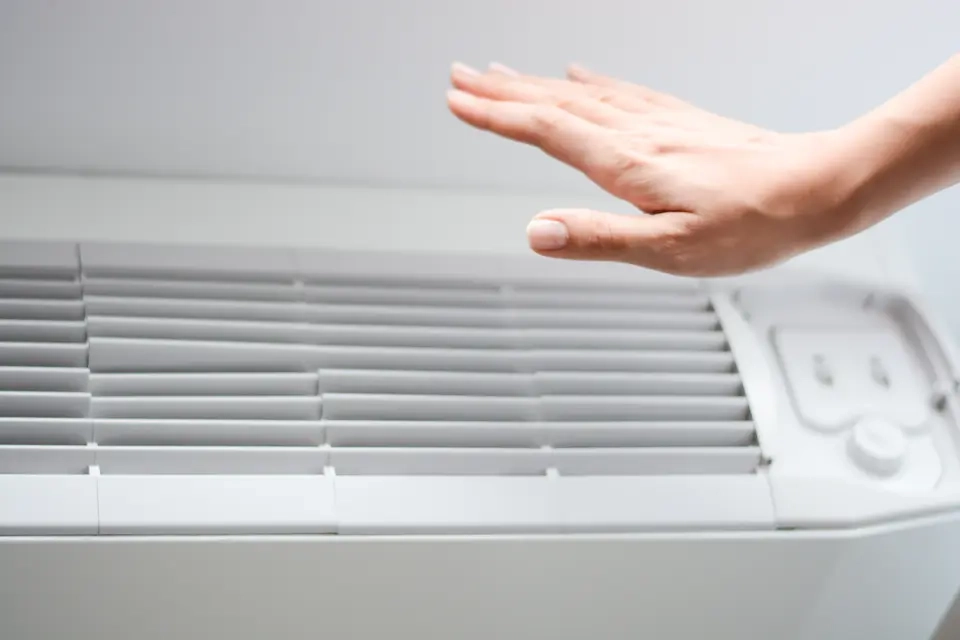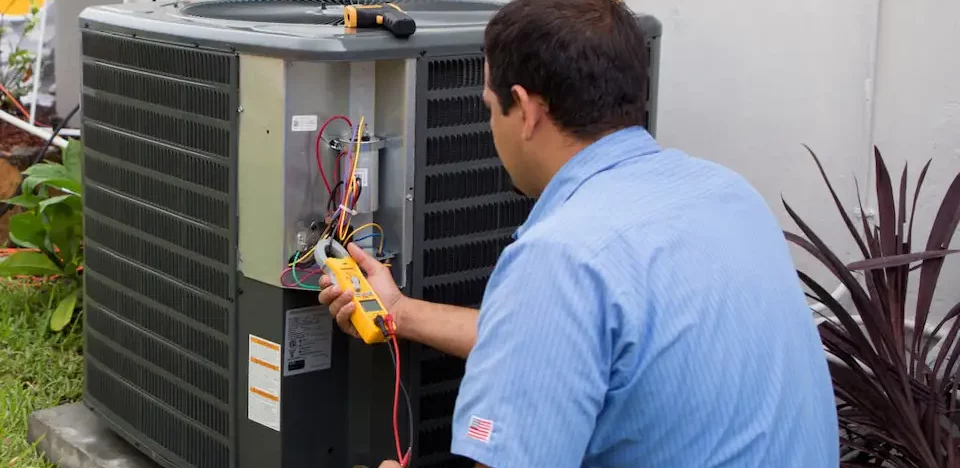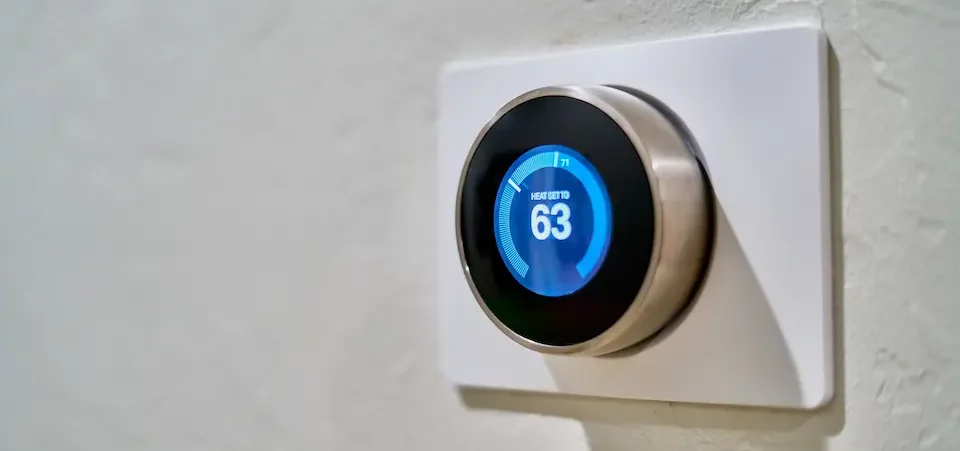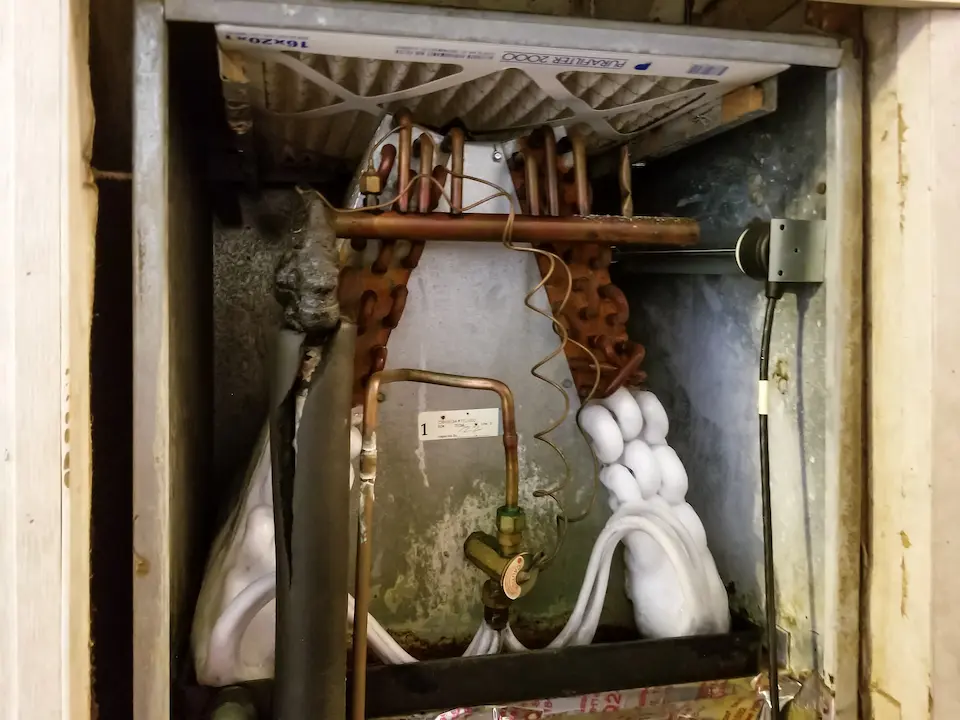Home heating units are more than just appliances; they’re the lifeline of comfort and warmth during chilly winters. Ensuring your heating system operates at peak efficiency is crucial for maintaining a cozy indoor environment. However, there are times when an upgrade becomes necessary to enhance performance and address underlying issues. Let’s delve deeper into the signs that indicate it’s time for a new home heating unit:
Reduced Airflow:
Routine maintenance, such as replacing air filters and cleaning vents, forms the backbone of a healthy HVAC system, ensuring optimal performance and airflow. However, despite diligent upkeep, persistent airflow issues may arise, serving as red flags for underlying mechanical complexities.
The intricate network of components within an HVAC system is subject to wear and tear over time, leading to compromised airflow and diminished efficiency. While routine maintenance can address surface-level debris and blockages, deeper mechanical issues may remain unresolved. Aging components, such as fan motors, belts, or coils, may deteriorate beyond repair, impeding airflow despite regular cleaning efforts.
When cleaning and maintenance efforts fail to restore adequate airflow, it’s essential to consider the possibility of systemic inefficiencies that warrant system replacement. Investing in a new unit offers the opportunity to address underlying mechanical issues comprehensively, ensuring optimal airflow and efficiency for years to come.
Variable Temperatures:
Inconsistencies in temperature distribution within your home can be more than just a minor inconvenience; they often signify underlying HVAC system issues that demand attention. Ideally, a well-functioning HVAC system should provide consistent and uniform temperatures across all living spaces, ensuring comfort and efficiency throughout your home. When fluctuations occur, it’s a clear indication that something is amiss within the system.
These temperature discrepancies may stem from a variety of underlying issues, ranging from malfunctioning components to inefficient operation. For example, a faulty thermostat, compromised ductwork, or clogged air vents can disrupt the proper flow of heated or cooled air, leading to uneven temperature distribution. Inefficient operation, such as inadequate insulation or improper sizing of the HVAC system, can also contribute to inconsistent temperatures.
Unpleasant Odors:
Foul odors wafting through your home can be more than just an unpleasant inconvenience; they often serve as a clear indicator of underlying HVAC system issues that demand immediate attention. While some odors may be attributed to common culprits like clogged air filters, others may signal more significant problems lurking within the system.
Routine maintenance tasks such as replacing air filters are essential for preserving indoor air quality and preventing foul odors. However, persistent odors that linger despite regular filter changes may indicate more serious issues that require professional intervention. Leaks within the HVAC system, whether from damaged ductwork or faulty seals, can introduce musty or mildew-like odors into your home. Additionally, malfunctioning fans or burnt-out electronics can produce foul-smelling odors that permeate the air and detract from your indoor comfort.
Frequent Repairs:
As with any mechanical system, HVAC units are subject to wear and tear over time, necessitating occasional repairs to ensure continued functionality. While routine maintenance can help mitigate the need for repairs, aging systems may experience more frequent breakdowns and require increasingly costly interventions to keep them running smoothly.
For homeowners, the decision to invest in HVAC repairs versus purchasing a new heating unit hinges on several factors, including the frequency and magnitude of repair costs. While minor repairs are often a normal part of HVAC maintenance, significant and recurring repair expenses can quickly add up, signaling diminishing returns on investment.
Moreover, investing in a new heating unit provides peace of mind by reducing the likelihood of future breakdowns and costly repairs. With a warranty or maintenance plan in place, homeowners can rest assured that their heating system is protected and will continue to operate efficiently for years to come.
Bothersome Noise:
Excessive or bothersome noises emanating from your heating system are more than just an annoyance; they could be indicative of underlying mechanical issues or outdated design elements that warrant attention. While it’s normal for heating systems, especially older ones, to emit some level of noise during operation, persistent or disruptive sounds may signal deeper issues that require further evaluation.
Common sources of noise in heating systems include rattling, banging, squealing, or grinding sounds, which may result from loose components, worn-out parts, or improper installation. These noises can not only disrupt your peace and comfort but also serve as warning signs of potential mechanical failures or inefficiencies within the system.
Age of the System:
The age of your heating system plays a significant role in its efficiency and reliability. While older units may continue to function beyond their recommended lifespan, they often lack the energy efficiency of newer models. The Department of Energy suggests replacing HVAC systems every ten years and burner/furnace systems every 15 years to take advantage of advancements in energy efficiency and technology.
At Bowman Heating and Cooling, we understand the importance of reliable and efficient heating systems. If you’re considering upgrading your home heating unit, our expert team can provide personalized recommendations and professional installation services. Contact us today to explore your options and ensure year-round comfort for your home.


